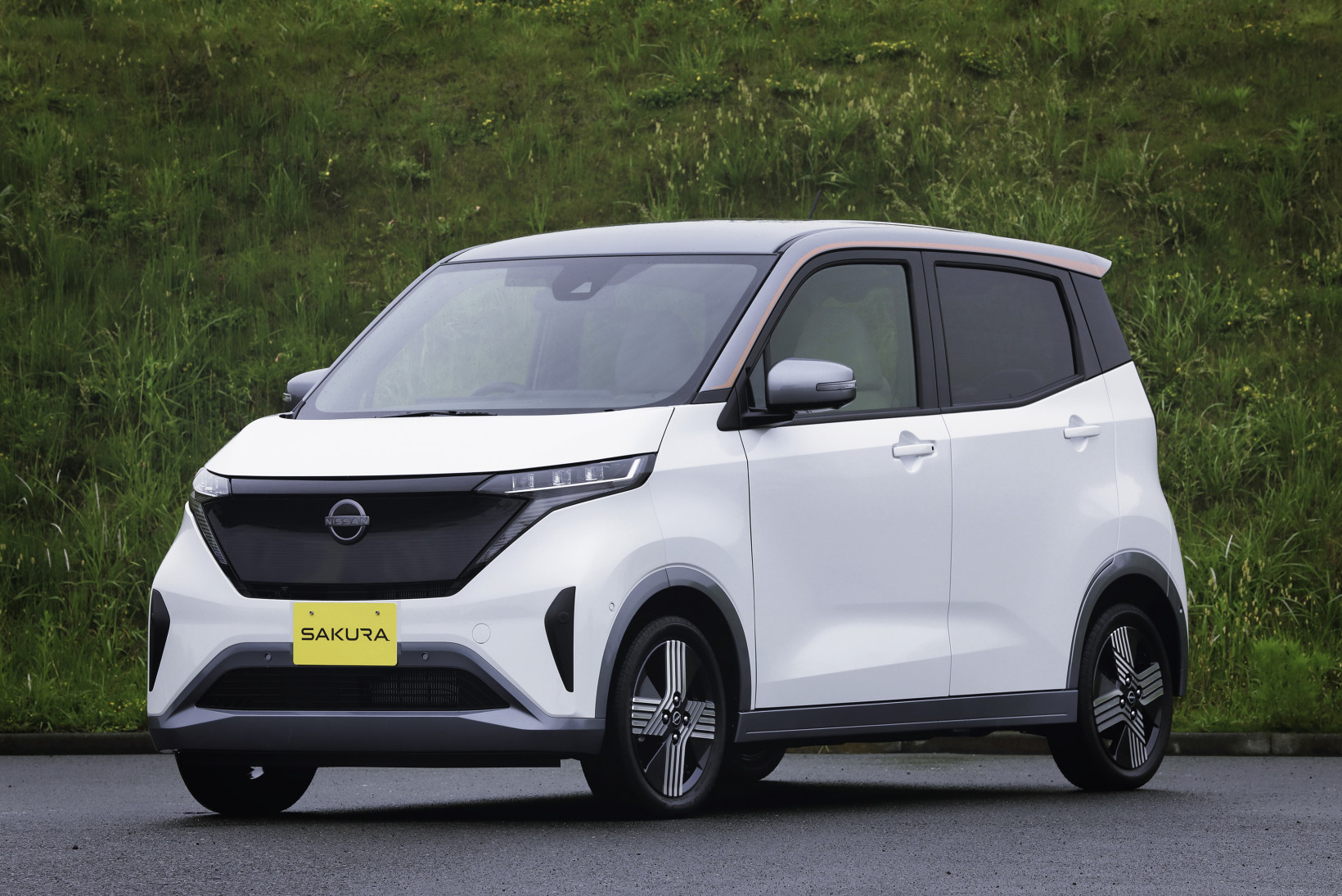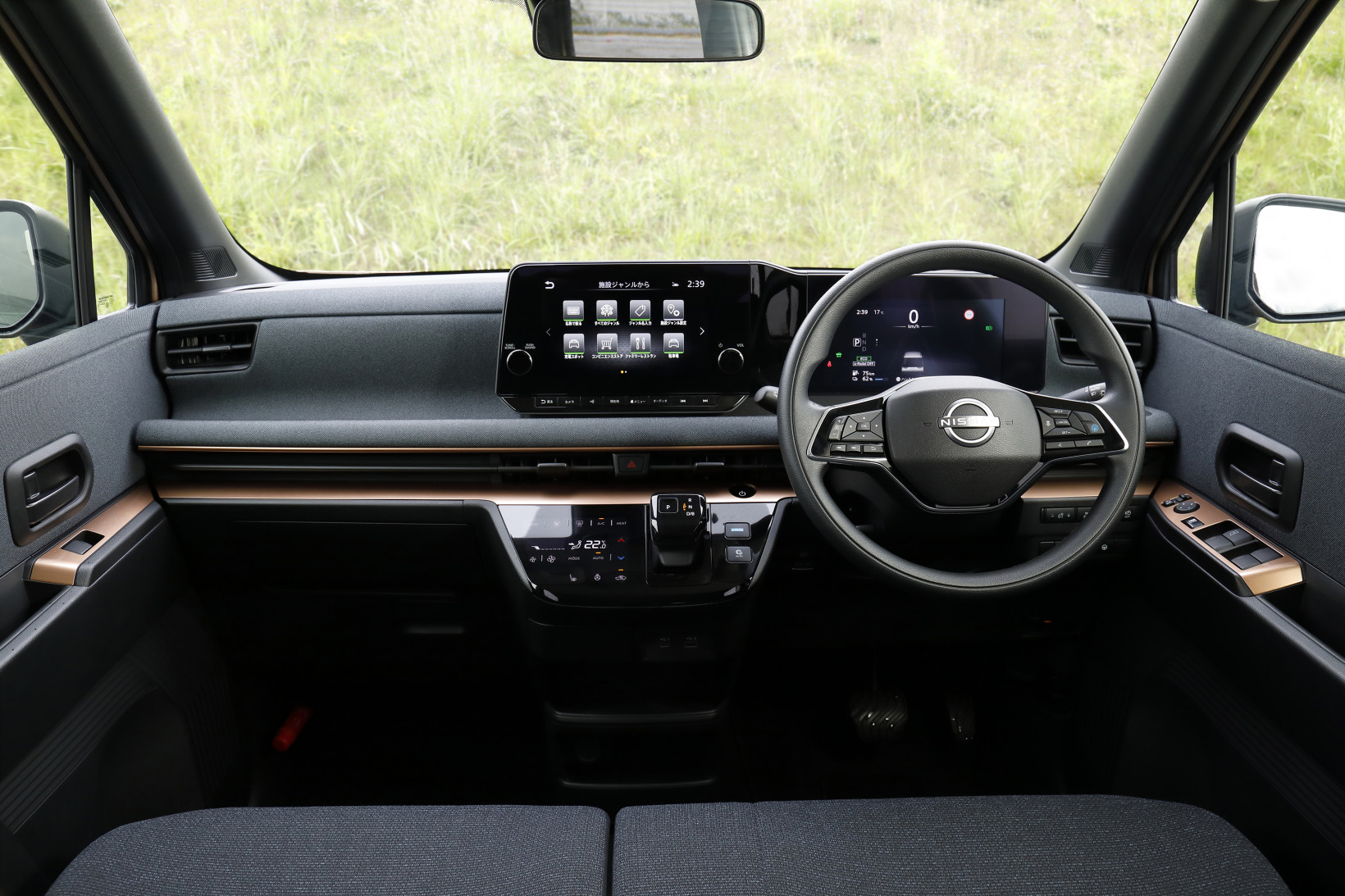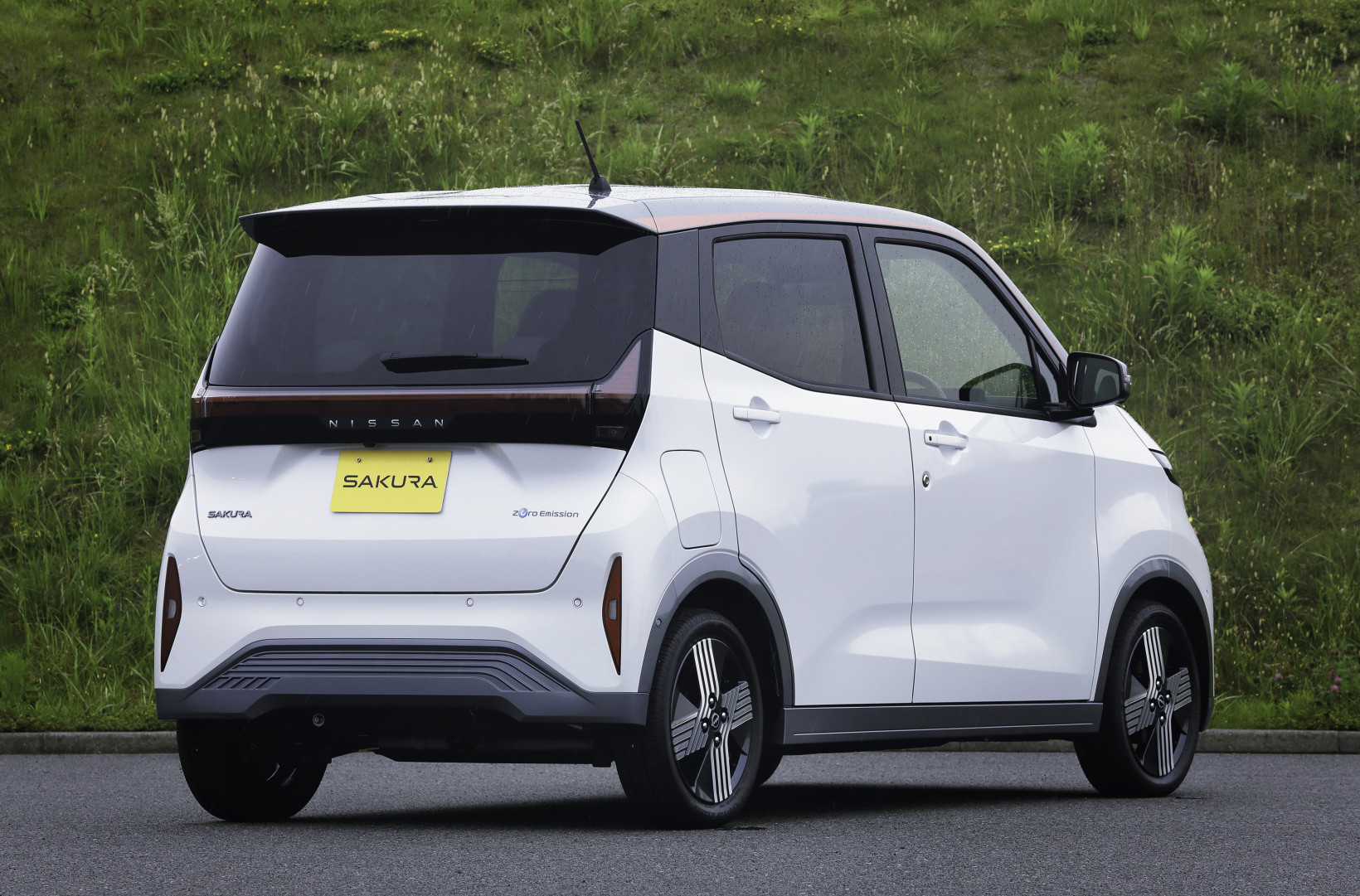Destined for the Japanese market, where Kei city-driving cars are popular, the Sakura comes with some pretty top-notch features for its category. Powered by a 20kW lithium-ion battery, the EV has a top speed of 130km/h and enough juice for 180km of range — just 60km less than the Nissan Leaf. On the inside, you’ll find that the car has enough space for four people, with a luggage capacity of 107 liters. While the interior is rather minimalistic, the driver can make use of two large displays for drive assist and navigation. Plus, the Sakura is the first mini vehicle to feature an advanced driver assistance system, with automated steering, accelerating, braking, and parking capabilities. But what’s most intriguing about the minicar is the way Nissan decided to bring it to the world. Following its physical debut at the company’s headquarters in Yokohama, the car maker also held a metaverse unveiling. Yes, a metaverse unveiling. You can check it out in the video below: If you watch the video, you’ll notice a bunch of weird-looking avatars gathered at Nissan’s virtual showroom. In what looks like an anime movie, the company’s representatives present the EV to virtual customers, who even get to take the Sakura for a ‘test drive.’ And the metaverse experience isn’t limited to the unveiling. The Sakura will be on display at the VR Nissan Crossing showroom to offer a digital opportunity for consumer engagement. To be honest with you, I find the whole thing ridiculous. While I personally hate the idea of the metaverse and a prospective virtual version of everything, the absurdity of ‘experiencing’ a vehicle this way doesn’t make sense to me in the least. Actual experience is key when it comes to choosing a car. It’s about understanding its dimensions within a concrete space, feeling its power and acceleration, and even visually appraising whether its look and feel are to your taste. A virtual version simply can’t meet these standards. I seriously hope that the Sakura’s entrance into the metaverse is more of a playful marketing strategy than an indication of how we’ll choose our vehicles in the future. Call me ol-school, but I’ll stick to checking out cars in showrooms with actual walls and driving them in real-world conditions for as long as I can.


